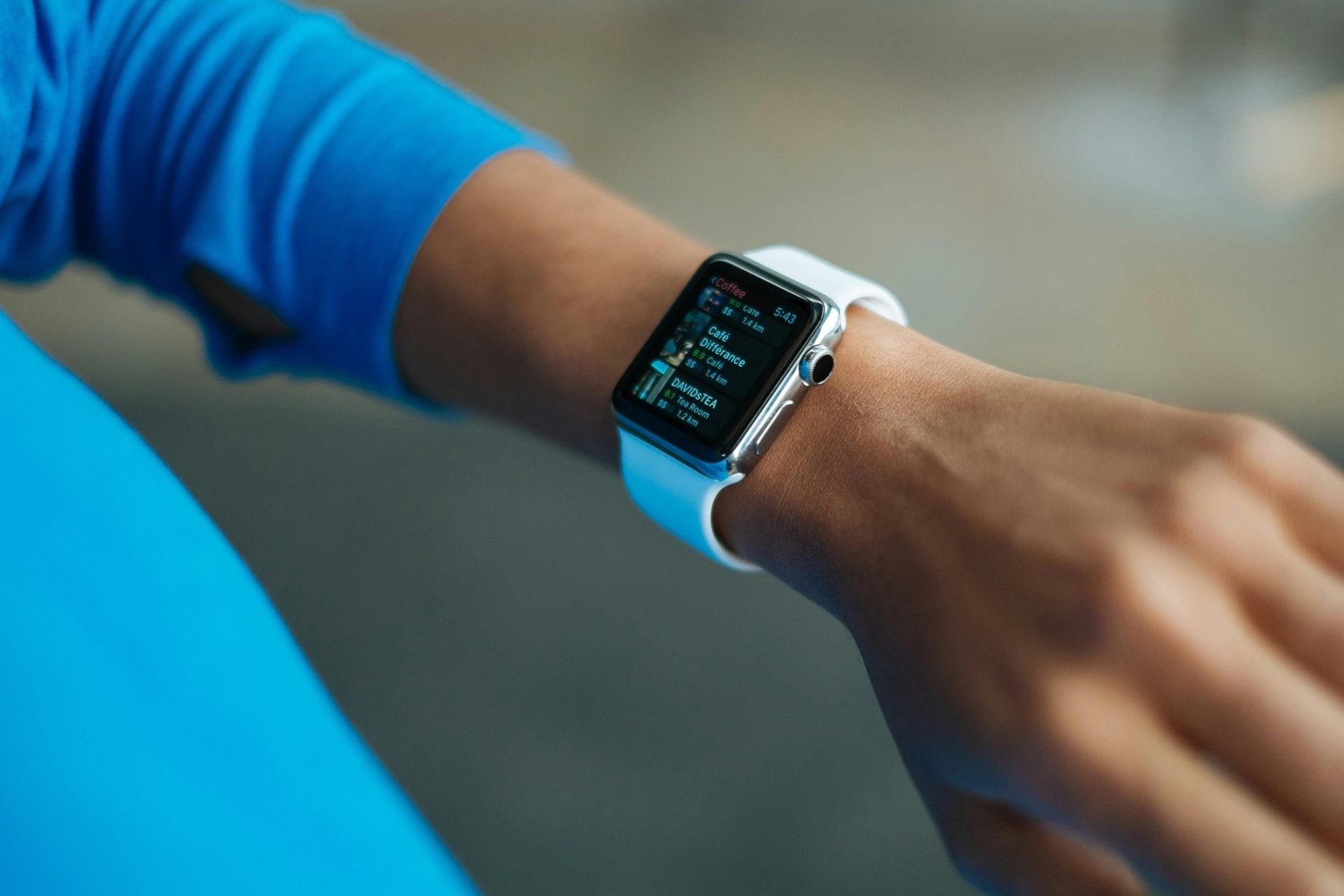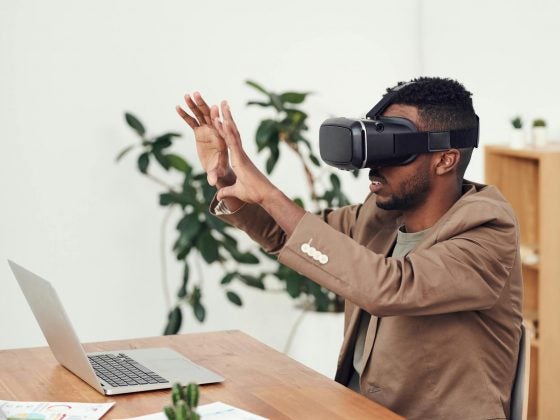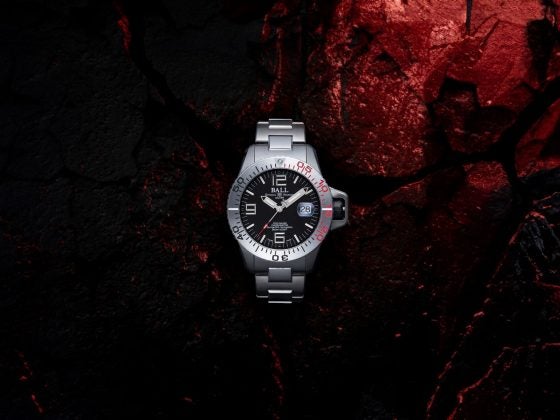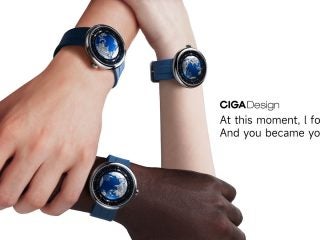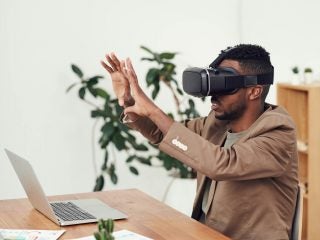Written by: Sophia Knight
Lots of people in America live with some form of disability.
That includes approximately 42.5 million individuals, or 13% of the civilian population. Whether it be due to mobility issues or vision and hearing loss, disability due to such conditions can significantly impact one’s quality of life. The Pew Research Center, for instance, notes that it can affect career opportunities and mental well-being.
Fortunately, today’s digital age means there are now more treatments available to help manage these conditions more effectively. These solutions go beyond devices like ECG and CGM monitors, which are capable of continuously tracking blood sugar and pressure levels to help those living with diabetes or heart disease.
That’s because modern advancements are also improving assistive devices themselves. These innovations can help enhance the quality of life for individuals whose conditions significantly impact their ability to go about their day-to-day routines.
Here are three such technologies revolutionizing assistive aids for the better.
AI-enhanced navigation assistance
Those who live with vision loss face a number of challenges when using walking sticks. They may find it more difficult to find their bearings in new and unfamiliar places, even if they use these assistive aids. That’s not to mention that not all public areas are outfitted with tiles that can help them navigate their surroundings. Research from the Collaborative Artificial Intelligence and Robotics (CAIRO) is changing all that with the introduction of the AI-enhanced walking stick. Through a camera attached to the handle, this device uses computer vision technology to run algorithms that map its environment, it then guides users around via voice commands and vibrations. This can help the visually impaired more easily accomplish tasks like discovering new places, shopping for specific items, and finding open seats in crowded areas, improving their independence and overall quality of life.
Beamforming hearing technology
Hearing loss is most often managed through the use of hearing aids. However, many who live with the condition avoid these devices due to the stigma that comes with them. WebMD notes that hearing aids are commonly associated with old age and weakness. As a result, individuals who notice changes to their hearing wait up to a decade to get the condition treated, and only one in six individuals with hearing loss use aids. However, hearing loss can worsen if ignored. Nuance Hearing can help address the issue: they embed hearing technology into devices that look like normal eyeglasses. Designed for those with mild to moderate hearing loss, this type of eyewear delivers an invisible solution that cuts out the background noise and feedback that comes with traditional hearing aids while enhancing the sound coming from wherever the user is facing. These hearing aid glasses will soon be distributed under the eyewear giant Luxottica. Since they can be especially useful for preventing the stigma those with hearing loss usually face, that may help encourage more individuals to treat the condition earlier for better health outcomes.
More intelligent wheelchair controls
Wheelchairs are among the most commonly used devices among people who experience mobility issues. They can be hard to maneuver manually, and can often result in dirty or blistered hands. And even if many models now come with remote-controlled features for easier navigation, some conditions that require wheelchair use—such as paralysis—means those who need them may not be able to move wheelchairs on their own. A team of women engineers from Tunisia is helping solve these problems by fully leveraging modern technology to create smart wheelchair systems. These allow users to move their wheelchairs through touchpads, voice commands, or facial gestures. Those with more serious mobility issues can even wear an accompanying headset, which allows them to communicate with their wheelchairs using brain signals. The team behind this technology aims to work with organizations that can fund the distribution of these more intelligent wheelchairs, which can help make these enhanced assistive aids more accessible to those who need them.
Disabilities can significantly impact the quality of life of the many Americans who live with them. Fortunately, today’s technologies are revolutionizing the assistive aids they can use for the better. For more insights on health and beyond, keep reading here on Swagger Magazine.




